Call or Text
801-438-4793Top Myths About Plumbing
February 9, 2015
Plumbing, like many other integral systems, is frequently the domain of speculation and feeble attempts to get something working or a problem fixed. The often complex and mysterious nature of plumbing can lead even the most talented do-it-yourself-er into confusion and frustration. Often installation and plumbing repairs come down to fairly simple procedures that can perplex the inexperienced.
Many times, plumbing problems come back to hard to shake myths about using and maintaining plumbing fixtures and systems over time. Some myths about dealing with plumbing matters stem from laziness, apathy, or general misunderstanding. More often than not, plumbing problems can be prevented by identifying common myths and doing well not to succumb to them.
Myth 1- Once Down the Drain, It is Gone
This may be the most common myth or oversight related to plumbing. Once something goes down the drain, the substance or item is not always completely gone, and your plumbing is not always in order. Many substances going down drains, especially kitchen drains, can cause plumbing problems over time.
Pasta and rice expand with water and can clog pipes over time. Citrus fruit peels are highly acidic and can lead to corrosion in pipes. Even commercial drain cleaners can damage pipes over time from the highly corrosive ingredients they contain. Sinks with garbage disposals are particularly vulnerable to problems from these kinds of things since it is easy to assume whatever goes into the disposal is gone and will not affect the system.
Myth 2: DIY Plumbing Can Save Money
The ‘Do it Yourself’ approach to home maintenance is very popular, and very often, for good reason. Somethings you just have to fix a problem yourself, or at least make a genuine attempt, and it can be possible to save some money by taking on a job yourself. In many instances, however, the scope of the problem may necessitate a professional response.
For plumbing, doing something wrong is easy for someone inexperienced, and having a professional resolve the problem can equate to the same costs, or even less, than tackling the problem yourself. In fact, many plumbers are called in to fix botched work–potentially costing more in time and labor than getting it right the first time. If you are unsure how to proceed with a plumbing project, call a professional plumber.
Myth 3: Plumbing Fixtures Require No Maintenance
This is perhaps a less ingrained myth, but it is a common oversight that plumbing fixtures don’t require any ongoing maintenance or updating. Pipes can clog and corrode over time, and fixtures can become worn, corroded, and inefficient. These problems can result from poor plumbing fixture maintenance. Replacing pipes, sewer lines, and fixtures can be very expensive and require a lot of work, so doing everything possible to mitigate the wear and preserve the life of plumbing parts and systems as a whole is a good way to avoid problems. If you notice an inefficiency, address the problem before it becomes worse.
Recent News
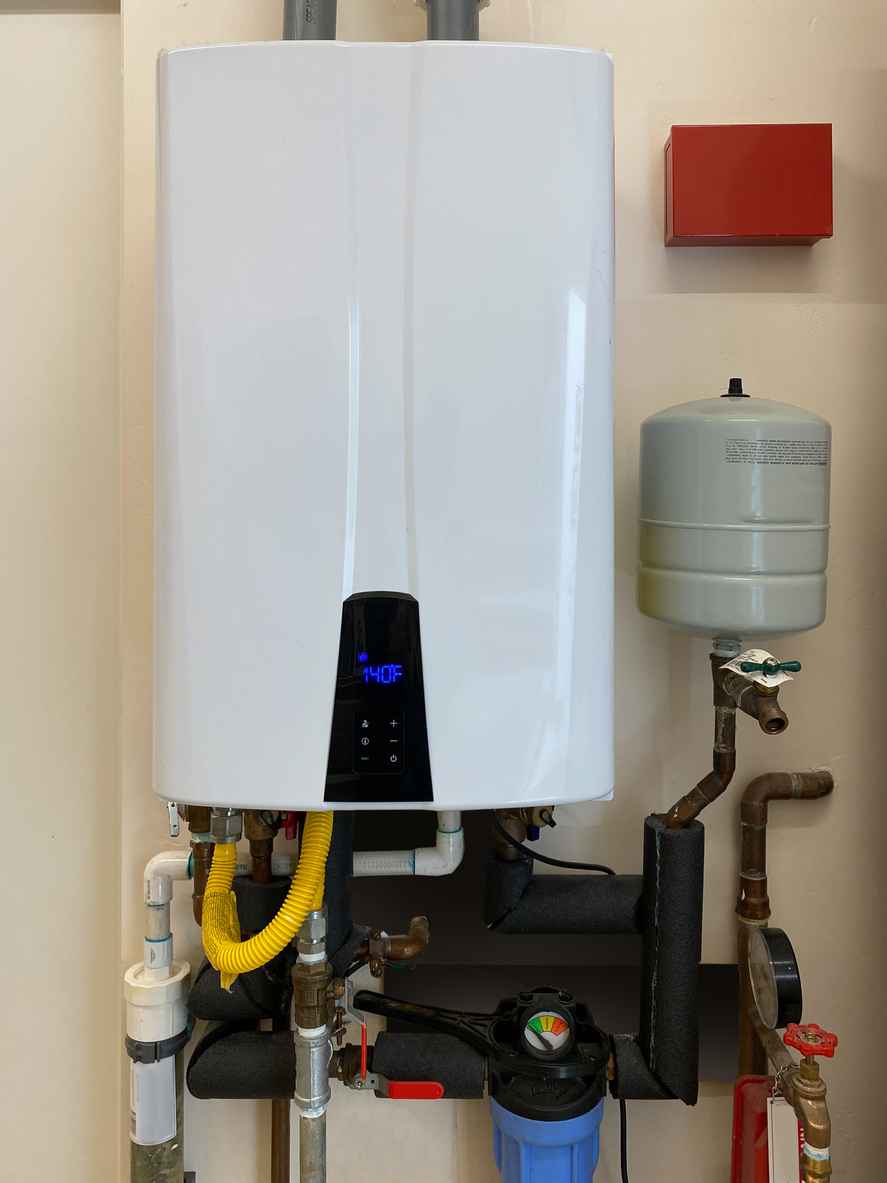
How Do Tankless Water Heaters Work?
March 19, 2024
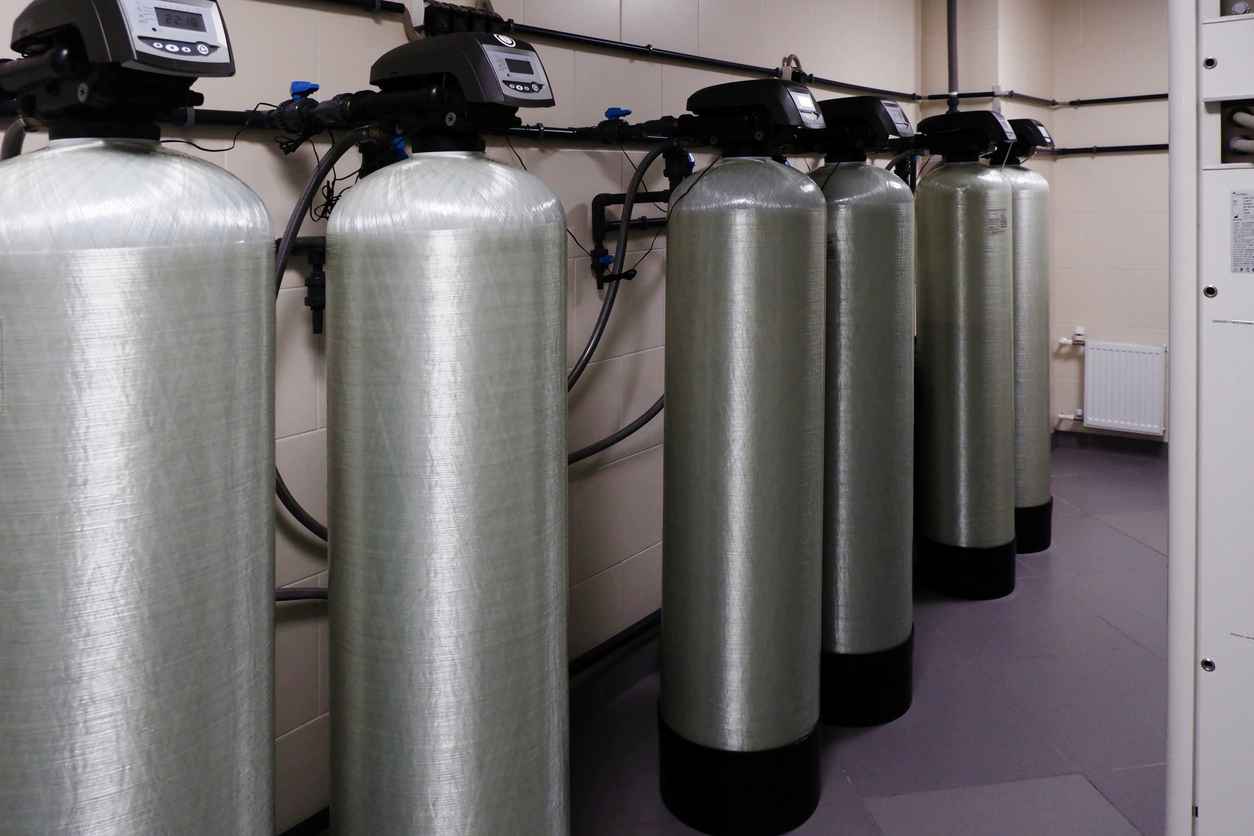
How Much Is a Water Softener?
March 5, 2024
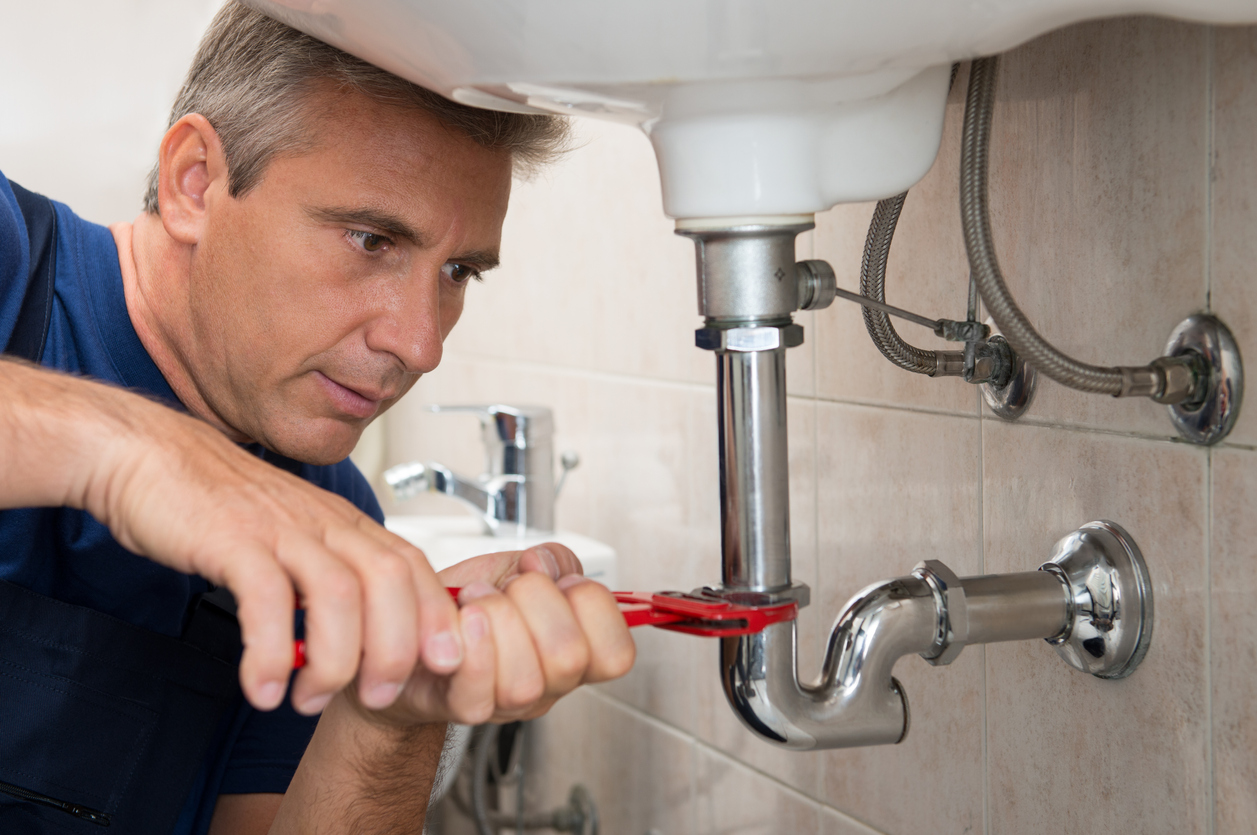
How to Fix Leaky Pipes Under Kitchen Sink
February 22, 2024
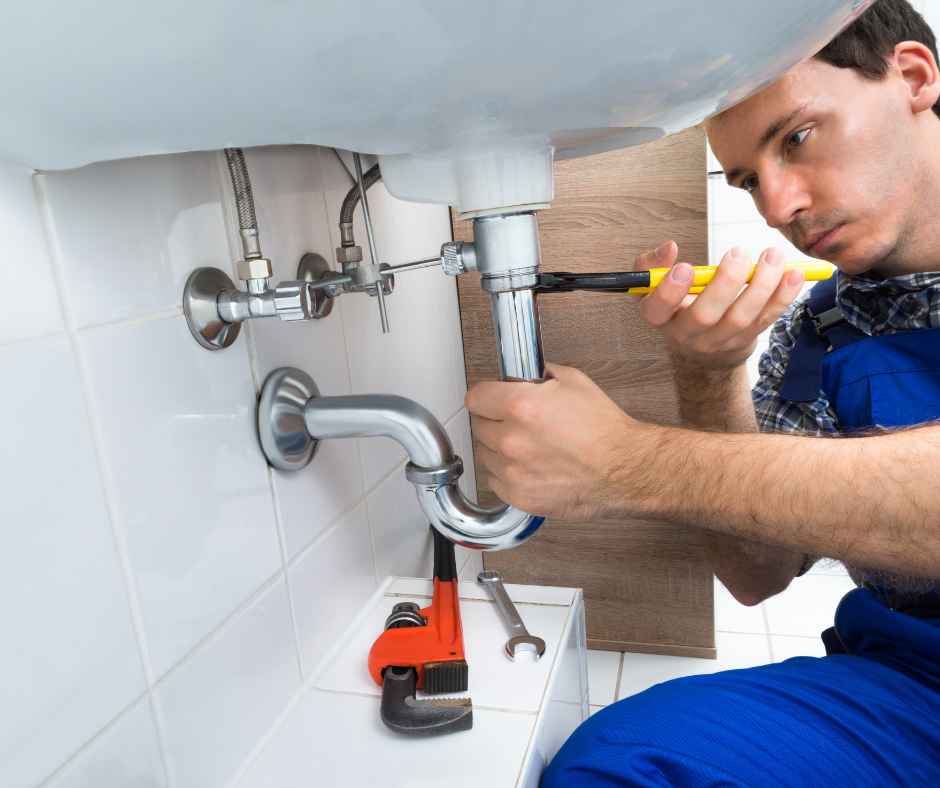
How Much Does Emergency Plumbing Cost?
February 8, 2024
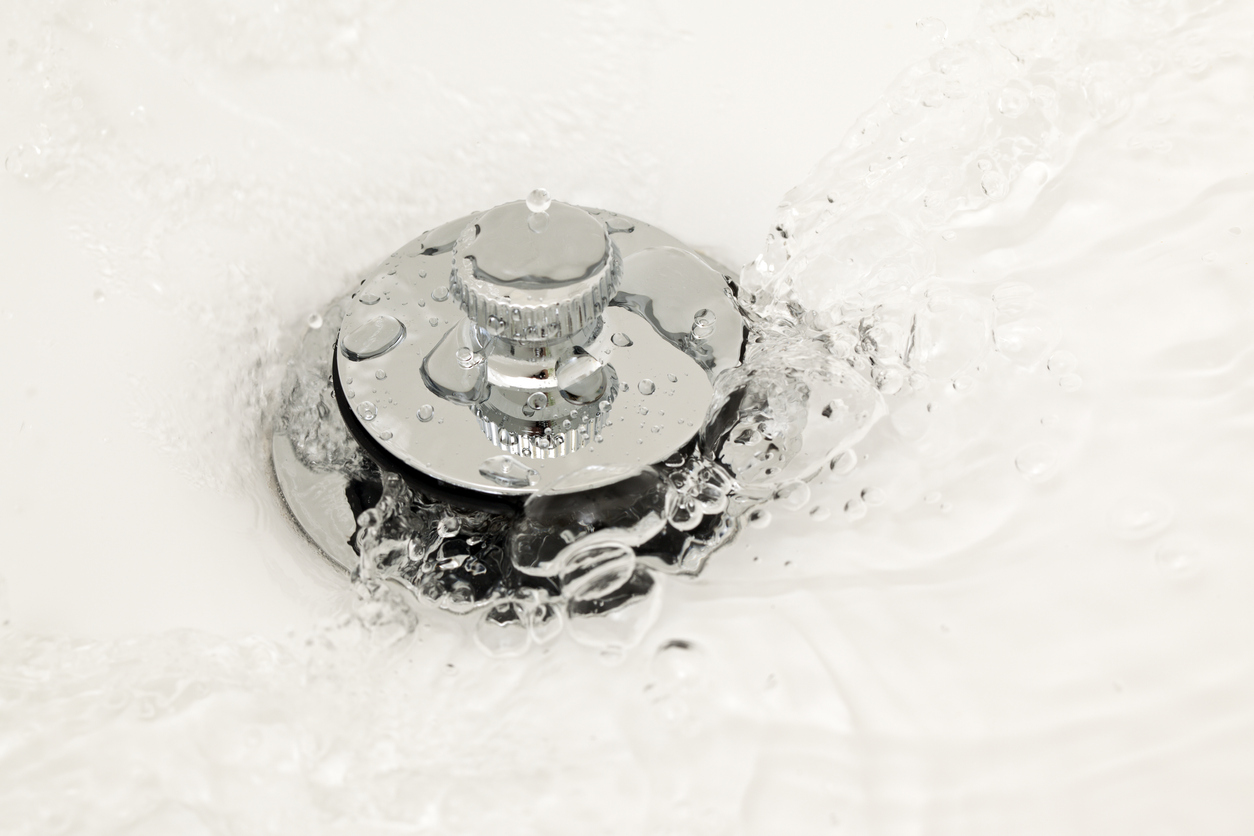
How to Unclog a Bathtub Drain
January 16, 2024
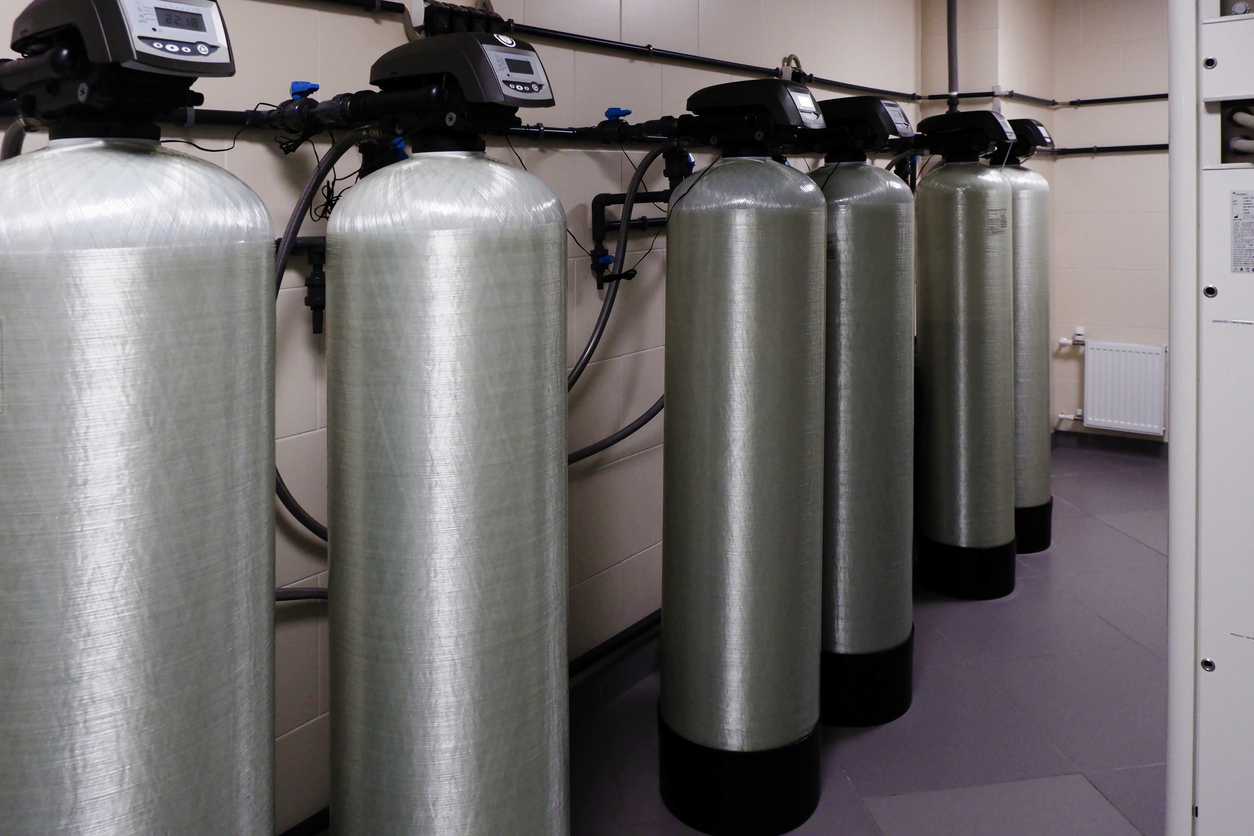
How Much Is a Water Softener?
January 9, 2024
